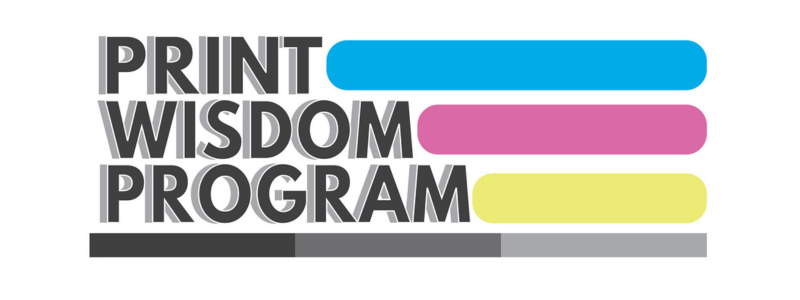The printing industry is undergoing rapid transformation as digital technologies reshape traditional processes. For print companies, adopting new tools, software, and workflows is critical to staying relevant. However, adapting to these changes requires more than just upgrading equipment—it demands a strategic approach to change management. In this blog, we will explore key strategies for effective change management that help print companies successfully navigate the shift to the digital world while minimizing disruption and maximizing benefits.
1. Clearly Define the Change Objectives
Effective change management starts with a clear understanding of why change is necessary. Whether it’s upgrading your print management software, adopting digital printing technologies, or shifting to data-driven workflows, it’s crucial to articulate the specific goals. When your team understands the “why,” they are more likely to embrace the change. Clearly defined objectives also ensure alignment across departments, so everyone works toward the same outcome in this evolving digital world.
2. Involve Key Stakeholders Early
Change initiatives are more likely to succeed when key stakeholders are involved from the beginning. This includes managers, operators, and even clients who will be impacted by the new processes or technology. Engaging stakeholders early fosters buy-in, reduces resistance, and encourages collaboration across teams. In the print industry, where processes and people are tightly interconnected, getting input from all levels ensures that changes are feasible and effective.
3. Provide Comprehensive Training
Training is a crucial component of effective change management. When print companies adopt new digital tools, employees need to be equipped with the skills to use them effectively. Offering comprehensive training programs and ongoing support helps employees transition smoothly and prevents operational disruptions. Regular training sessions can also promote a culture of continuous improvement, where teams are open to embracing future technological advancements.
4. Communicate Transparently
Successful change management depends on consistent, transparent communication. Make sure your employees understand what changes are happening, why they are necessary, and how they will benefit from them. Regular updates through meetings, emails, or team briefings help keep everyone informed and engaged. In a fast-moving digital world, clear communication helps reduce uncertainty and fosters a collaborative environment where employees feel valued.
5. Monitor Progress and Adjust as Needed
Once changes are implemented, it’s essential to monitor the impact on your print operations. Tracking metrics such as productivity, error rates, and customer satisfaction can help you assess whether the changes are delivering the desired results. If certain strategies aren’t working, don’t hesitate to adjust your approach. Flexibility is key to effective change management, especially in an industry like printing that’s constantly evolving due to digital innovations. Adapting to the digital world doesn’t have to be overwhelming for print companies. By clearly defining objectives, involving stakeholders, providing training, communicating transparently, and monitoring progress, you can ensure a smooth transition. Change management isn’t just about introducing new tools; it’s about creating a sustainable culture of innovation and adaptability. Start implementing these strategies today to position your business for long-term success.
From technical experts to skilled leaders, and everything in between, Connecting for Results helps companies find the right people to grow their business. Whether it’s running machines or managing printing operations, we help industry talent find their next career opportunity. Have a question or need some help? Contact us directly here.


